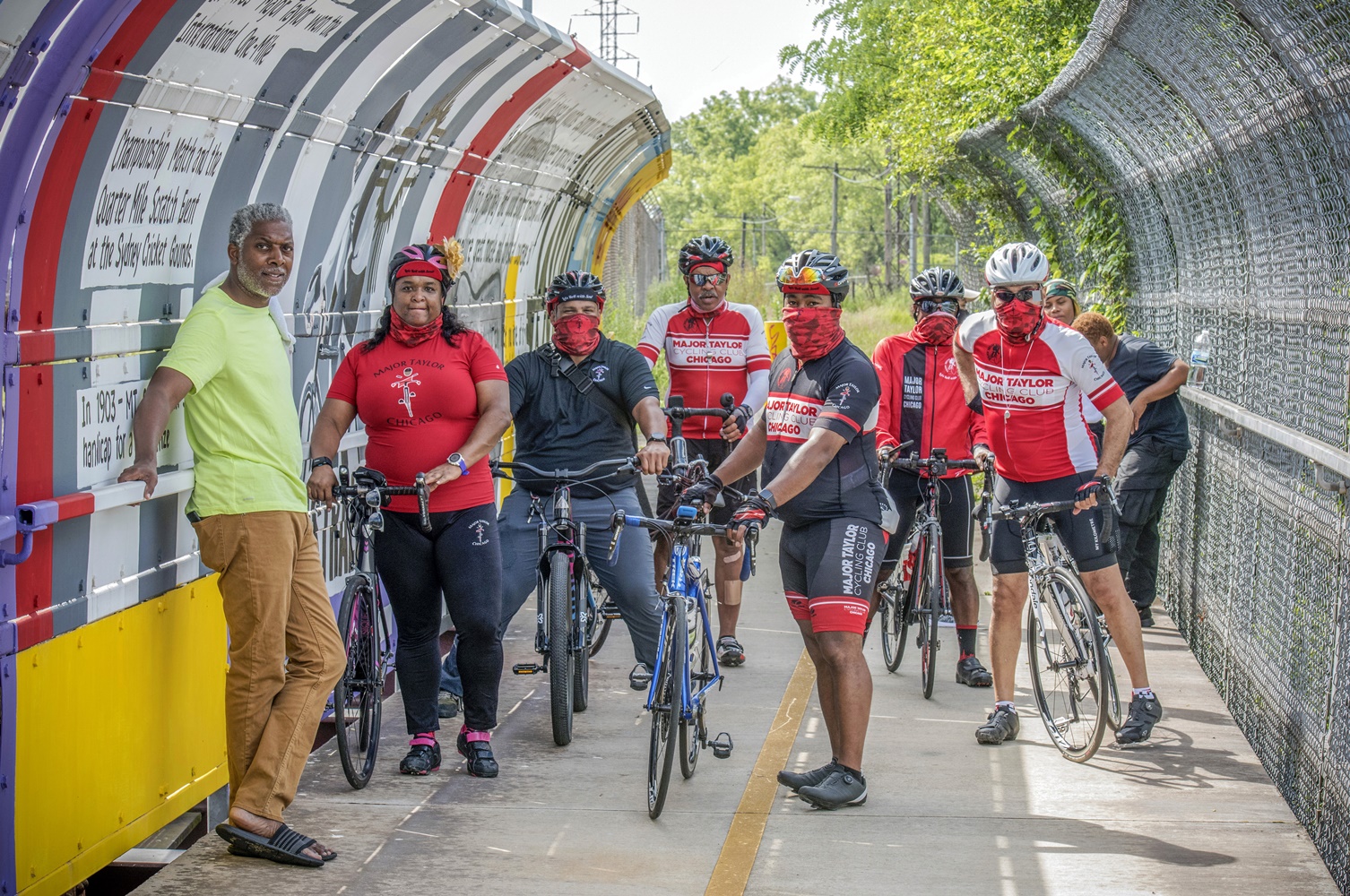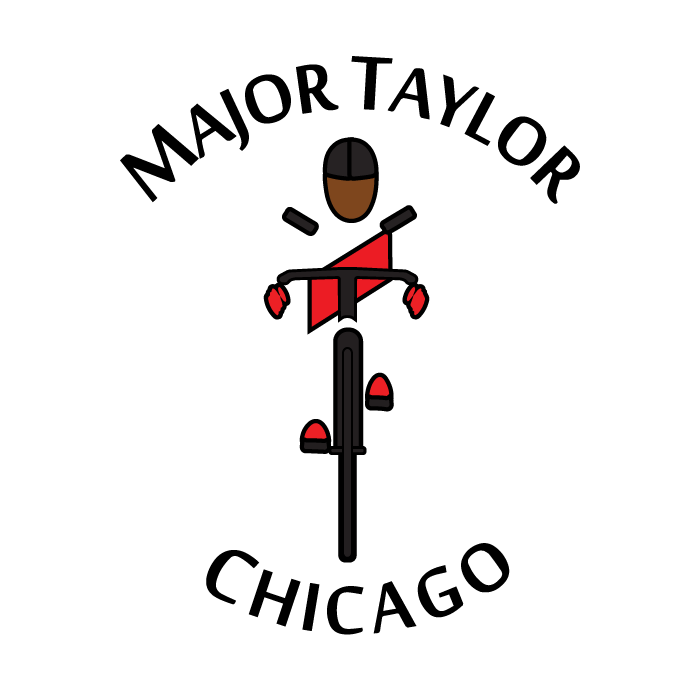Your cart is currently empty!

Estimating Cycling Speed for Beginners
—
by
Welcome to Major Taylor Chicago, your ultimate destination for new cyclists embarking on their road journey. Cycling isn’t just about pedaling – it’s about finding your pace and understanding the intricacies of speed on the road. That’s where we come in. In this comprehensive guide, we’ll demystify the concept of riding speed, covering everything from rolling speed to average speed. As a new rider, gauging your anticipated speeds can feel daunting, considering the multitude of factors at play – fitness level, bike type, terrain, and riding conditions. But fear not! We’re here to walk you through the process step by step, ensuring that you’re equipped with the knowledge and confidence to navigate the road ahead. Let’s dive in and uncover your cycling speed together.
- Start Slowly: As a beginner, it’s crucial to ease into cycling to avoid overexertion and potential injuries. Start with shorter, more manageable rides to gauge your comfort level and assess your fitness. Begin by setting modest distance goals, such as a few miles, and gradually increase your mileage as you gain confidence and stamina. Remember, Rome wasn’t built in a day, and neither is your cycling prowess. By starting slowly and gradually building up your endurance, you’ll lay a solid foundation for long-term cycling success.
- Know Your Fitness Level: Be realistic about your current fitness level and cycling experience. If you’re new to cycling or haven’t exercised regularly, you may need to start at a slower pace and gradually build up your endurance and strength over time.
- Consider Terrain and Conditions: Keep in mind that your speed will vary depending on the terrain (e.g., flat, hilly, or mountainous) and weather conditions (e.g., wind, rain, or heat). Expect slower speeds on uphill sections and faster speeds on downhill or flat stretches.
- Use a Cycling App or Device: Investing in a cycling app or GPS device can be invaluable for tracking your progress and improving your performance as a beginner cyclist. These tools offer real-time feedback on essential metrics like speed, distance, and even heart rate, allowing you to monitor your rides and set achievable goals. While popular options like Garmin and Wahoo offer sophisticated GPS cycling computers with a wide range of features, you can also explore alternatives like smartphone apps such as Strava, which provide similar functionalities for free. Before making a decision, consider visiting your local bike shop for expert advice on selecting the right device for your needs. Keep in mind factors like wired versus wireless models and the suitability of certain features for your riding style and terrain. By harnessing the power of technology, you can gain valuable insights into your cycling performance and take your skills to the next level.
- Ride with Others: Exploring group rides or joining cycling clubs offers an excellent opportunity for new riders to assess their speed and skill level alongside others. Engaging with more experienced cyclists not only provides valuable insights but also serves as a source of motivation and encouragement. Consider reviewing our ride calendar and selecting a ride that aligns with your comfort level and goals. Reach out to the ride leader listed for the ride and initiate a conversation about your expectations. The ride leader can offer guidance, provide insights, and even connect you with individuals who can help you identify the most suitable rides for your experience level. By riding with others and seeking mentorship, you’ll not only enhance your cycling abilities but also foster a sense of community within our cycling network.
- Listen to Your Body: Pay attention to how you feel during rides. If you’re feeling comfortable and can maintain a steady pace without excessive fatigue, you’re likely riding at an appropriate speed for your fitness level.
- Set Realistic Goals: Set achievable goals based on your current fitness level and gradually work towards improving your speed and endurance over time. Celebrate your progress and milestones along the way.
Remember that cycling is not just about speed but also about enjoying the ride and improving your fitness and skills over time. Focus on having fun, staying safe, and gradually challenging yourself to become a stronger and more confident rider.
